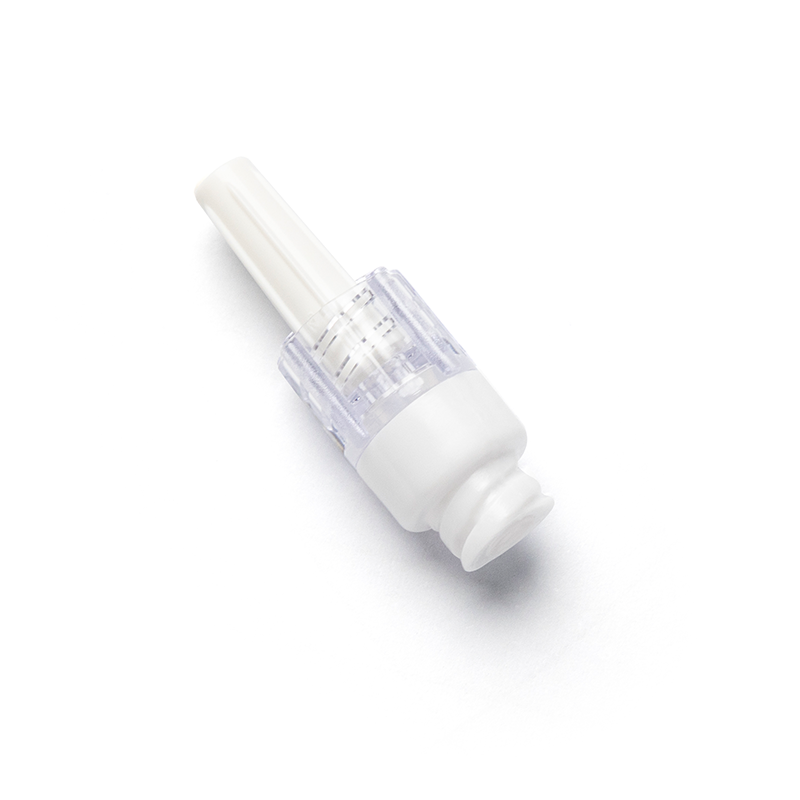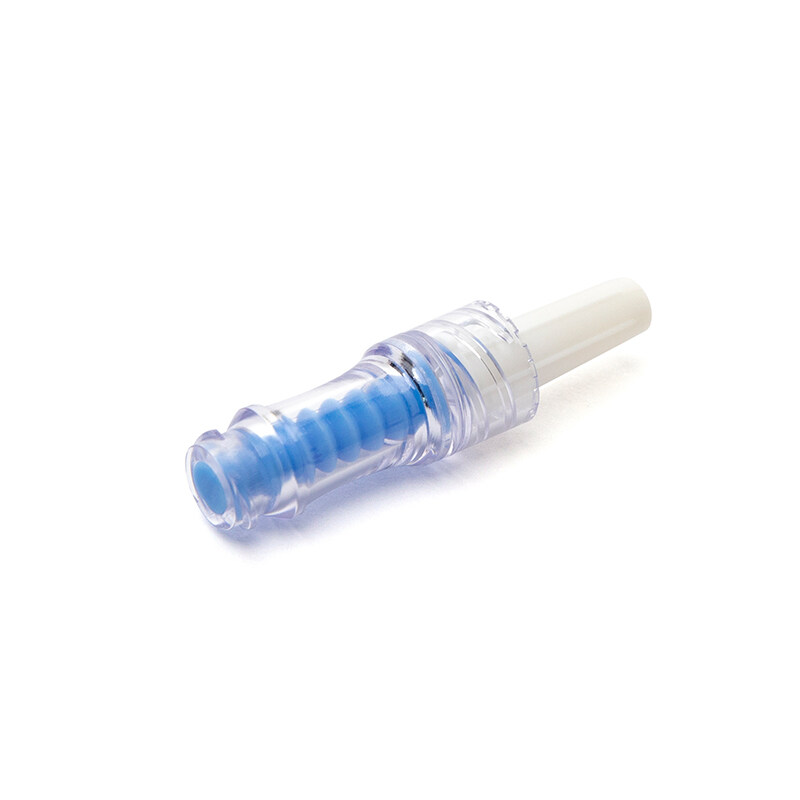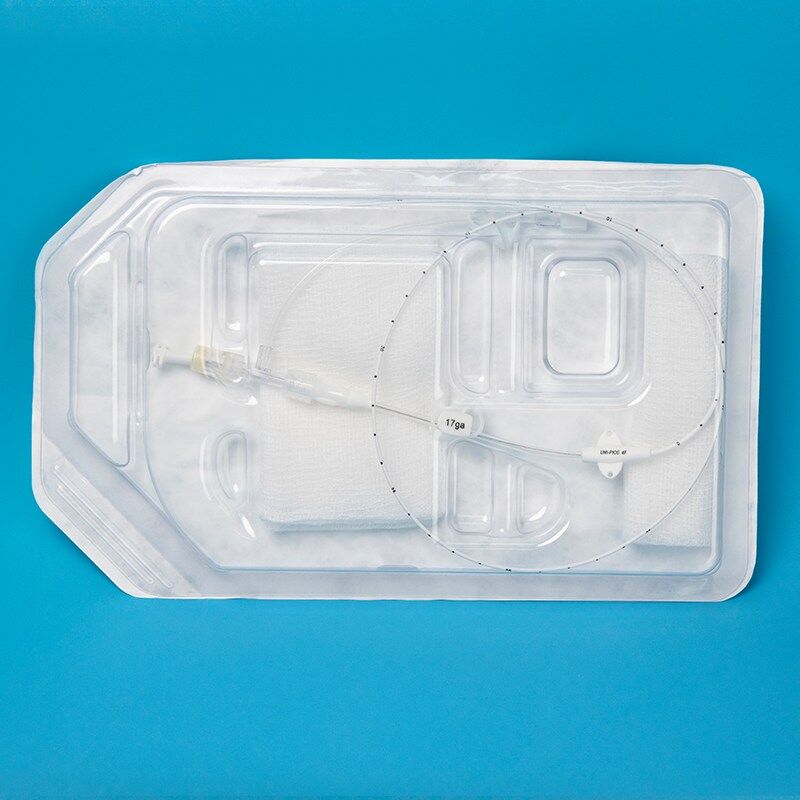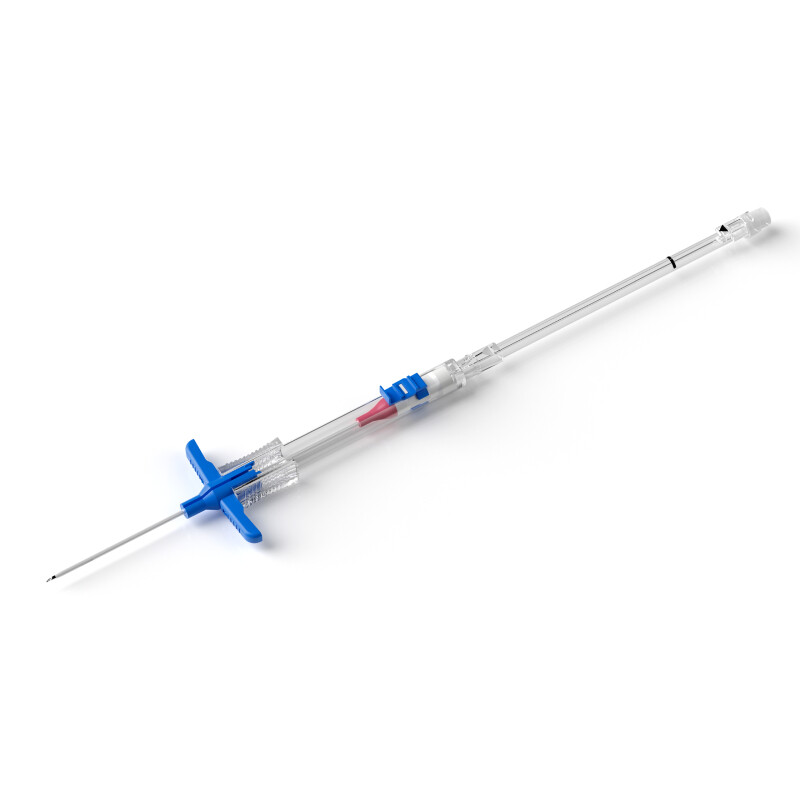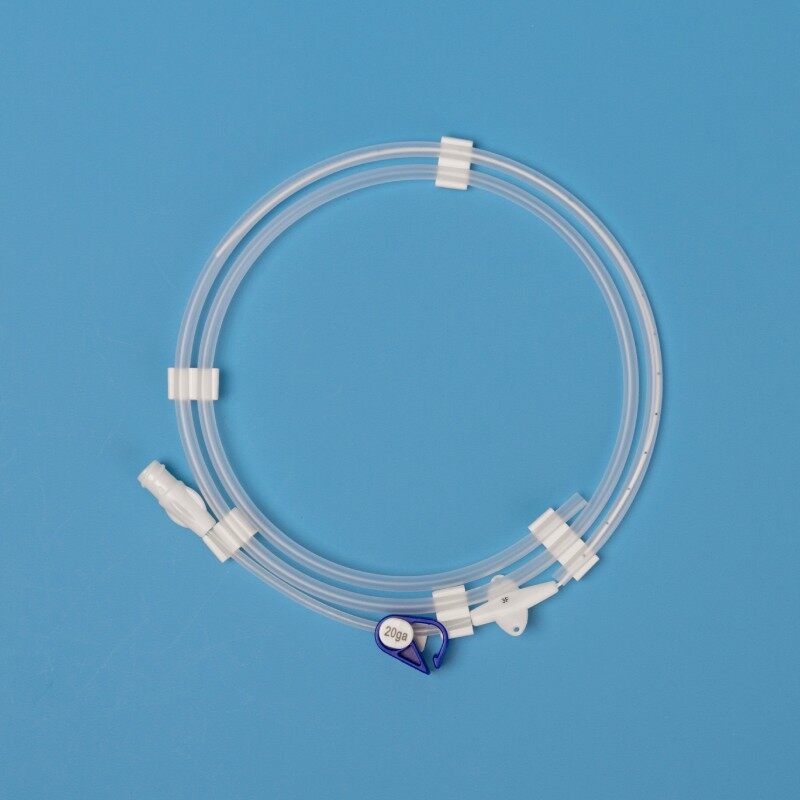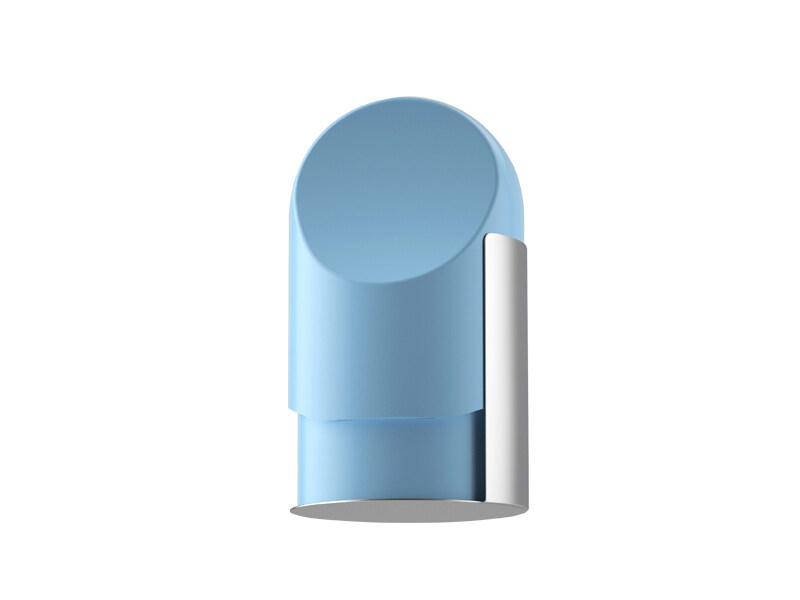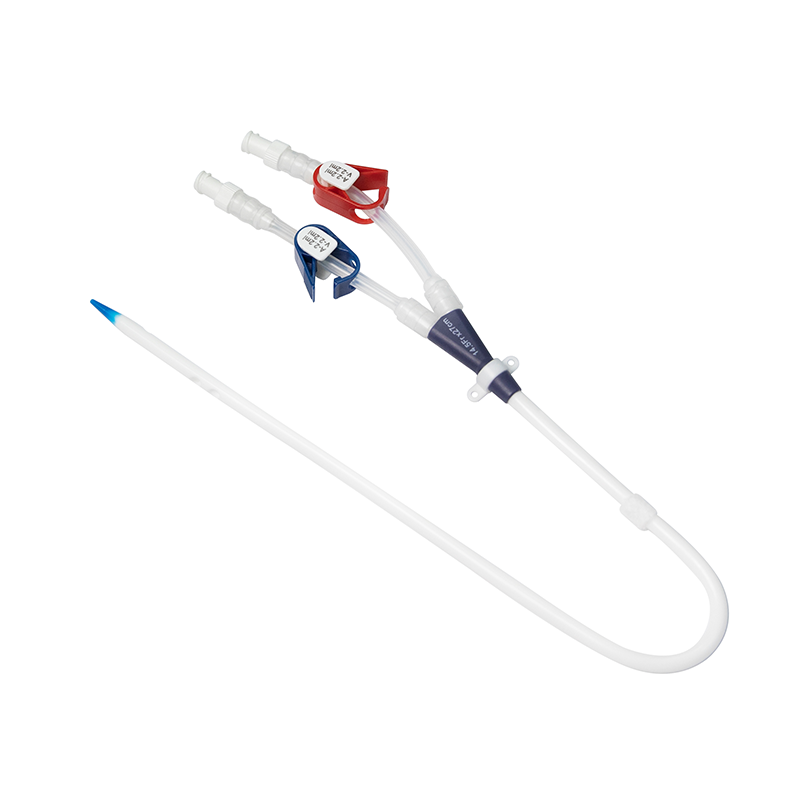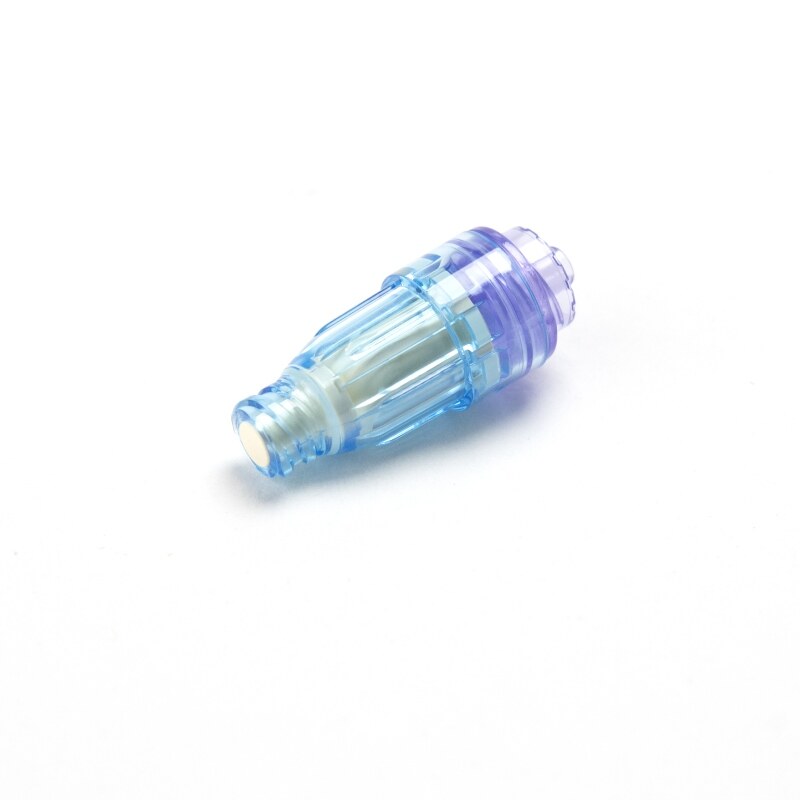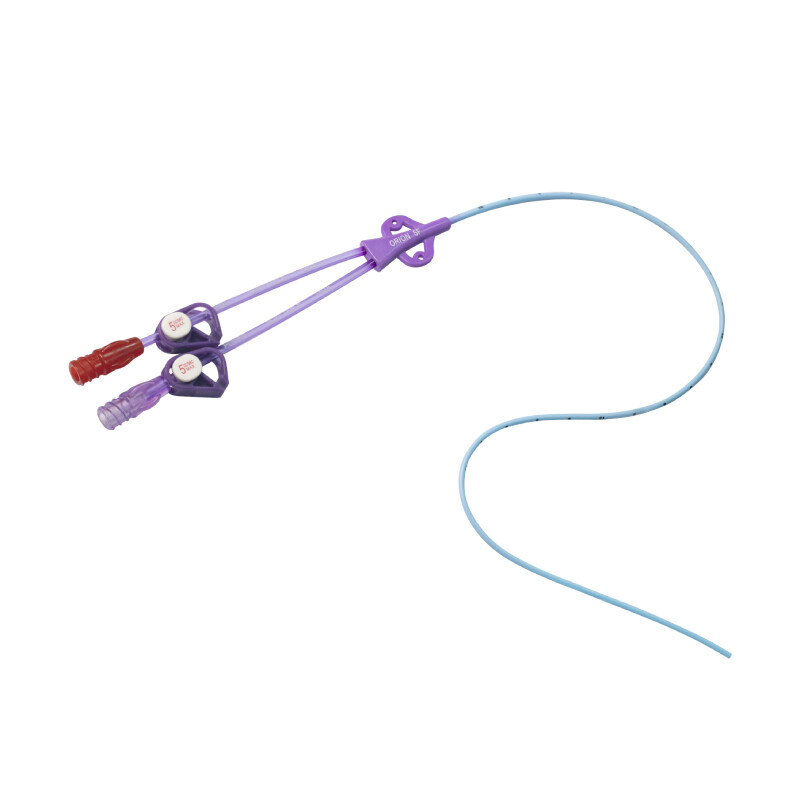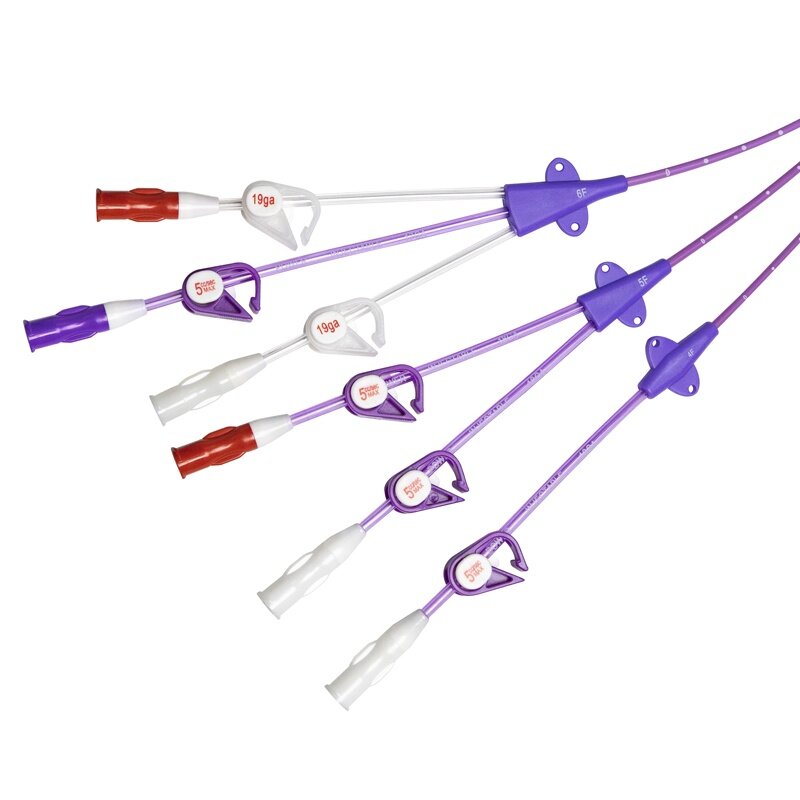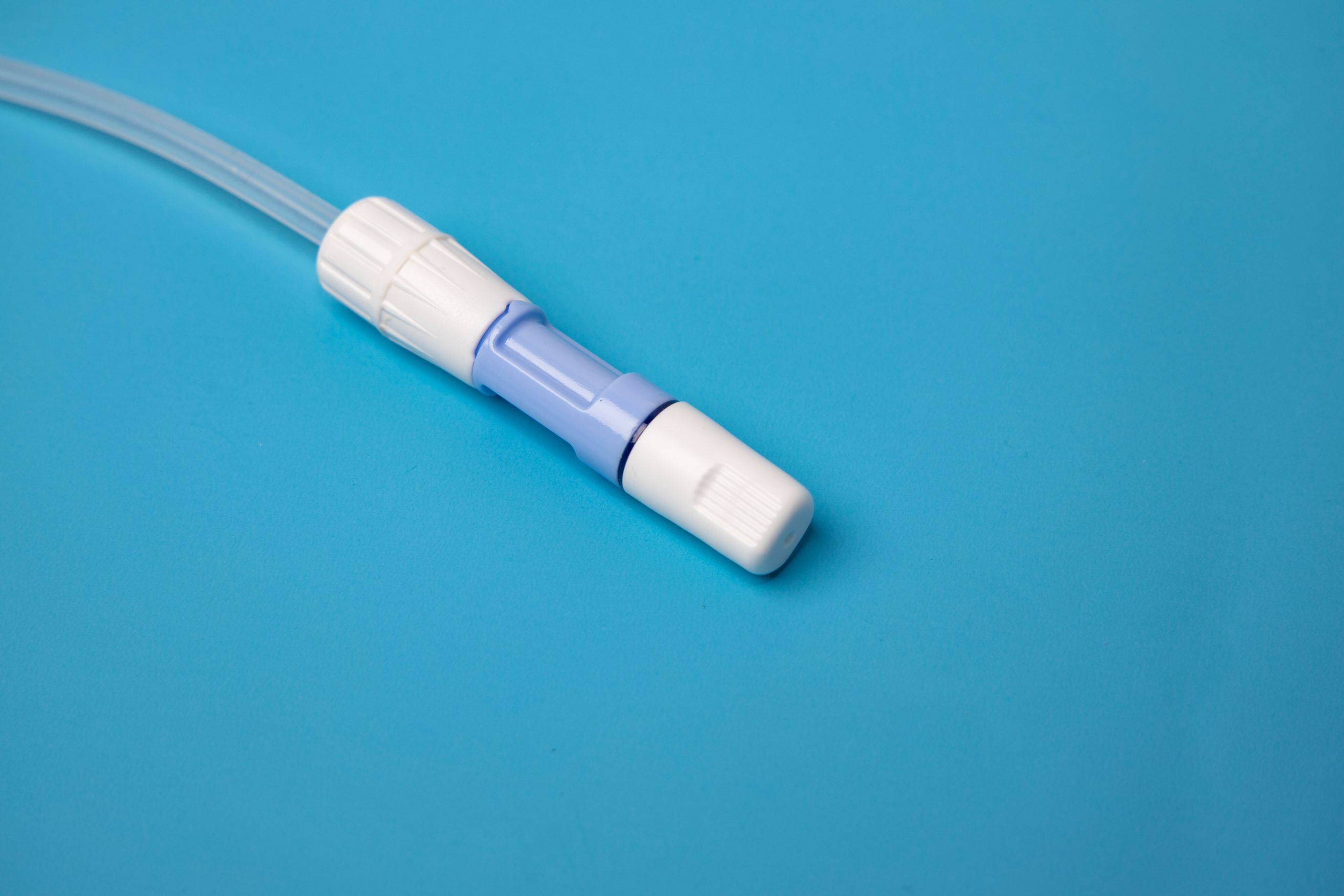central venous catheter x ray
Central venous catheter x ray, also known as a CVC x-ray, is a diagnostic tool used to assess the placement and position of a central venous catheter in a patient's body. This type of x-ray is usually ordered by a physician after a central venous catheter has been inserted, to ensure that the catheter is in the correct position and that there are no complications, such as a pneumothorax.
During a central venous catheter x ray, the patient is typically positioned lying down on a table. The x-ray machine is positioned above the patient's chest or abdomen, depending on the location of the catheter. The catheter itself is often visible on the x-ray as a thin, white line that extends from the insertion site to the central vein.
If the catheter is not in the correct position, it may need to be repositioned or removed and reinserted. Additionally, a central venous catheter x ray may also reveal other issues, such as blockages or kinks in the catheter, that may require further treatment.
Overall, central venous catheter x rays are an important tool for healthcare providers to ensure that the catheter is properly placed and functioning correctly. By detecting any complications early on, healthcare providers can prevent serious complications and ensure the best possible outcome for the patient.
What is a central venous catheter used for?
A central venous catheter is a thin, flexible tube that is inserted into a vein, usually below the right collarbone, and guided (threaded) into a large vein above the right side of the heart called the superior vena cava.
What are the types of central venous catheters?
The doctor will recommend the type of CVC you should have based on your situation and how long the CVC may be needed.
Three common types of CVC are a tunneled central venous catheter, a peripherally inserted central catheter, and a subcutaneous port.
There is still a lot to learn about central venous catheters, for example about the central venous catheter x ray. Only with a better understanding of the central venous catheter x ray can we make the most of its usefulness.
In addition to assessing the placement and position of a central venous catheter, a CVC x-ray can also provide information about the length and type of the catheter, as well as the location of any ports or connectors. This information is important for healthcare providers to determine the appropriate course of treatment for the patient.
One potential drawback of a central venous catheter x -ray is that it exposes the patient to ionizing radiation. While the amount of radiation exposure is relatively small, it is still important for healthcare providers to weigh the potential benefits of the x-ray against the risks of radiation exposure, particularly for patients who may require multiple x-rays.
To minimize the risks associated with central venous catheter x-rays, healthcare providers may use alternative imaging techniques, such as ultrasound, to assess the placement of the catheter. Ultrasound is a non-invasive imaging technique that does not involve radiation exposure and can be useful for detecting complications such as thrombosis or occlusion of the catheter.
In conclusion, central venous catheter x rays are an important tool for assessing the placement and function of central venous catheters in patients. While there are potential risks associated with radiation exposure, the benefits of early detection and treatment of complications outweigh these risks for many patients. Healthcare providers should carefully weigh the risks and benefits of using x-rays versus alternative imaging techniques and use the most appropriate approach for each individual patient.
Where is the central venous catheter placed?
A Central venous catheter is used to give intravenous fluids, blood transfusions, chemotherapy, and other drugs.
A central venous catheter is an indwelling device that is peripherally inserted into a large, central vein, and advanced until the terminal lumen resides within the inferior vena cava, superior vena cava, or right atrium.
Haolang medical specializes in developing, manufacturing, and distributing a series of products for vascular access, infusion therapy, and infection control.
For questions about the central venous catheter, including the central venous catheter x ray, you are always welcome to contact Haolang Medical to find out more.

